Rare Double Cyclones Sock Australia—Where Else Has This Happened?
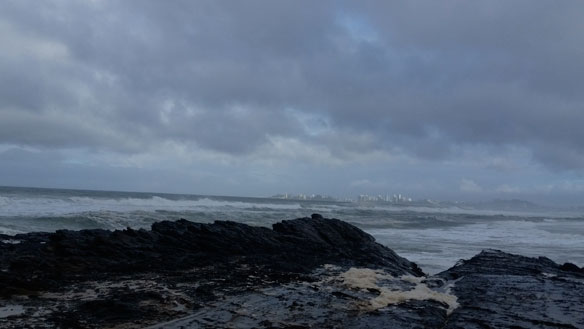
Although a first for the country, double cyclones or hurricanes are not unheard of in other parts of the world. Scientists predict that climate change will reduce the overall number of tropical cyclones, but the most severe storms, category 3 or higher on the Saffir-Simpson scale, will become more common.
Cyclones Lam and Marcia Hit Australia
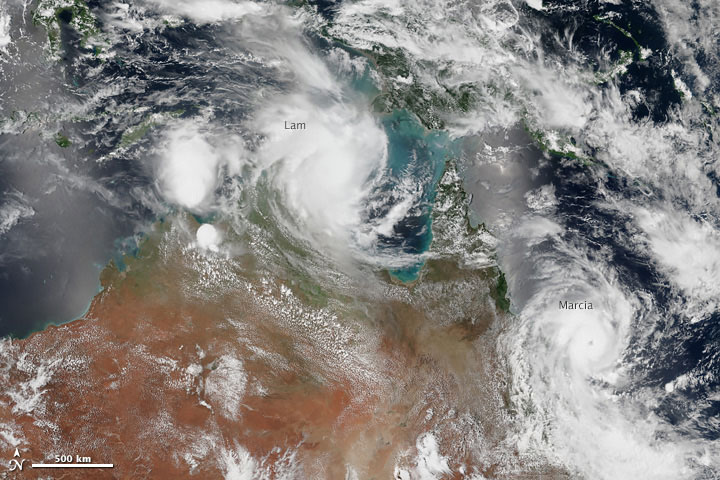
Northern Australia was battered by two potent tropical cyclones within six hours on the same day, on February 19.
Monster Hurricanes Reached U.S. During Prehistoric Periods of Ocean Warming

Intense hurricanes, possibly more powerful than any storms New England has experienced in recorded history, frequently pounded the region during the first millennium, from the peak of the Roman Empire into the height of the Middle Ages, according to a new study.
Satellite Science Improves Storm Surge Forecasting Around the World

A new online resource which will help coastguards, meteorological organisations and scientific communities predict future storm surge patterns has been created.
Nor’easter Pounds New England
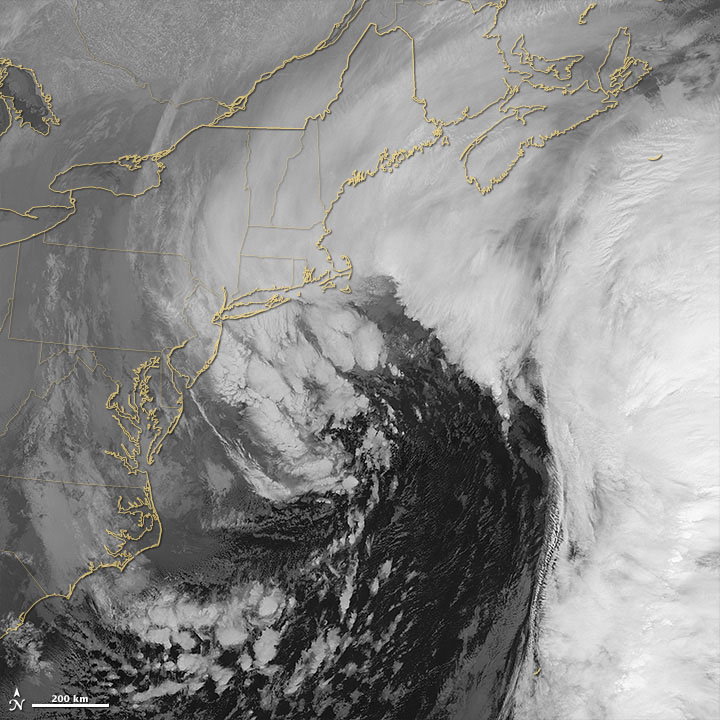
The U.S. National Weather Service called it a “a crippling and historic winter blizzard.” ustained winds reached gale force, with hurricane-force gusts along the coastlines. Storm surges sent ice and water into the streets of Scituate and Nantucket, Massachusetts.
Study: Global Warming Doubles Risk of Extreme Weather
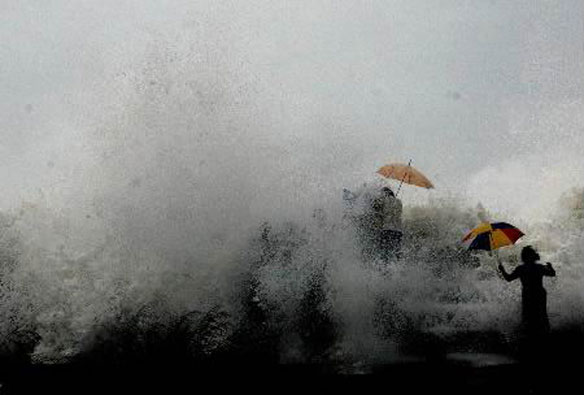
Extreme weather arising from a climate phenomenon in the Pacific Ocean will get much worse as the world warms, according to climate modeling.
The Electric Eye of Cyclone Bansi
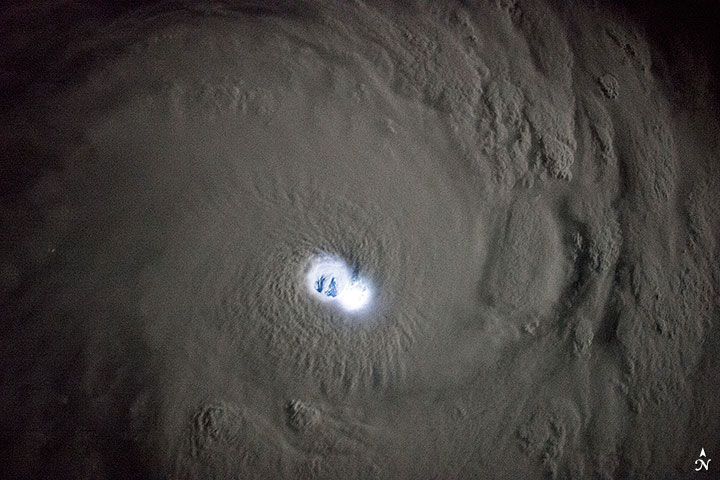
Though these images may look like they come from a science fiction movie, they are in fact photographs of tropical cyclone Bansi as seen at night by astronauts on the International Space Station (ISS). The images were taken when the ISS was east of Madagascar.
Typhoon Hagupit Slams Into eastern Philippines

Typhoon Hagupit slammed into the central Philippines’ east coast late Saturday, knocking out power and toppling trees in a region where 650,000 people have fled to safety.
Super Typhoon Hagupit, 100,000 People Flee Philippines Coast
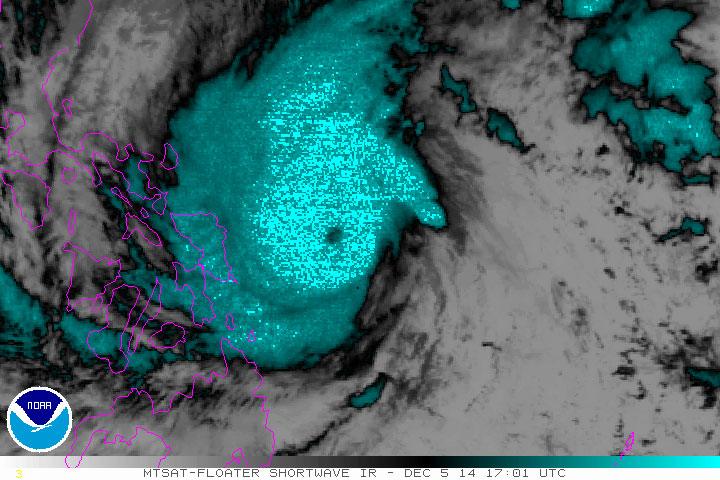
At least 100,000 people have fled coastal areas of the Philippines, as super Typhoon Hagupit remained on course to batter shorelines with a storm surge up to 13 feet high.
